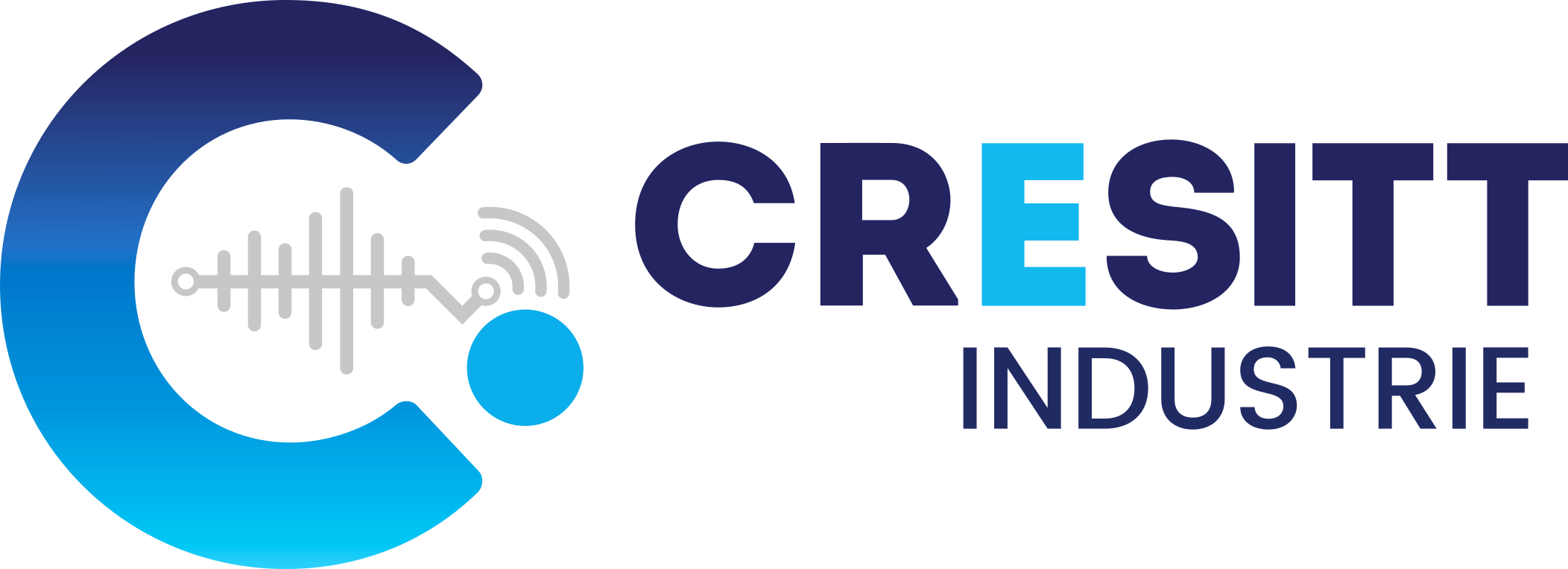The main choice criterias are : Range / data rate / Network tolpology (star, point to point / mesh…) but also : consumption / cost / electrical environment / System size / autonomy / compatibility with smartphones.
We can help you to evaluate these criterias and make the right choice. Contact us at the 0238698260
RFID and NFC are both wireless communication technologies. RFID is basically an unambiguous identification method of data using radio frequency. A RFID system includes a RFID tag, often a passive one, and a RFID reader. The reader reads the RFID tag by sending a signal to the tag through its antenna and the tag sends back the requested information. Tags are generally getting power remotely by the reader.
NFC is a derivative of RFID (adapted to smartphones, wireless cards…) and works at very short distance, a few centimeters only, in comparison with several meters for some RFID technolgies. NFC is a “peer to peer” device more adaptable than RFID. A NFC device can be both reader and tag.
More information on the website : https://www.centrenational-rfid.com
Reference books :
NFC (Near Field Communication) Principes et applications de la communication en champ proche, Dominique Paret (Dunod)
RFID en ultra et super hautes fréquences : UHF-SHF, Théorie et mise en œuvre , Dominique Paret (Dunod)
At what distance is it possible to read RFID tags :
It depends on the choice of passive tag and the used frequency:
> Passive tag LF: 50 cm to 1 m
> Passive tag HF : a few dozens of cm
> Passive tag UHF : 1 à 3 m
There are 3 frequency bands :
>Low Frequencyies (LF) : 125-134 kHz
> High frequeniesy (HF) : 13.56 MHz
> Ultra High Frequencies (UHF) : 856 -960 MHz
A metallic environment very close to the tag will strongly limit the antenna efficiency and shift its resonance frequency. Some tags, especially UHF, and some antenna typologies are adapted to constrained environments (metal, liquid…).
No, this kit is no longer available but evaluation kits of RFID and NFC of components manufacturers are available (please contact us)
Short range communication (from a few meters to a few hundreds of meters)
There are a lot of short distance radio technologies. The most known are BLE, Bluetooth, Zigbee, Wi-Fi, WMBus, Zwave, EnOcean, …
These technologies usually work with frequencies around 2,4 GHz. The advantage is that this frequency band is available worldwide but the radio connections with such frequencies are very sensitive to obstacles (walls, persons..).
Each technology quoted above has its own characteristics. Some (BLE, EnOcean…) have limited datarate but allow a longer autonomy on battery (or can even be used without any battery). Others allow more data exchange or voice transmission (Bluetooth, Wi-Fi) but use more energy.
Long range communication (from 500 meters to several KM)
What are the available Long range technologies ?
The main long range technologies are : LoRa, SigFox, Qowisio, Weightless, Ingenu, 3G/4G/5G, …
CRESITT organized an event on this subject in 2020. Please have a look to the pdf presentations here :
The first 5 technologies quoted above are dedicated to connected objects which needs to transmit few data but needs to keep working as long as possible with a small battery : They have low data rate but also low energetic needs. They are not compatible with smartphones.
At the opposite, the 3G/4G/5G is compatible with the smartphone needs and allow to send big data quantities and voice. But the electricity consumption is way higher.
The environment (indoor, outdoor, burried…) and the size, costs and efficiency constraints will define the antenna choice. Commercialized antennas can be used (flexible, whip, dipole, PCB, ceramic…) but their adaptation and optimization or similar antennas conception require technical means and specific competences. The equipments and competences of the Cresitt allow the type of characterization (vectorial network analyser, HF spectrum analyser, GTEM cell).
The relevant parameters for the antenna choice are its bandwidth, its “S11” (sometimes expressed with the VSWR form or the impedance), its polarization, its gain…
The the CRESITT R&T engineers can assist you in the choice of your antenna.
To optimize the performance of an antenna, the environment of this one has to be taken in account (cables, ground plane, radome…). Those performances can be optimized by simulation and/or measures.
The application field of the RED directive ((014/53/UE, ex directive R&TTE) is :
It applies to radio-electric equipments at the exception of those used in a context of public security, defense… and of those defined at the annex 1 of this directive (equipments used by amateur radio unless it is equipments put on the market under certain conditions).
It should be noted that the radio electric equipments concerned by this directive are not submited at the directive 2014/35/UE (“low tension” directive), except in the foreseen conditions of the article 3.1.a of the present directive.
A “radioelectric equipment” is an electric or electronic product which emit and/or intentionally receive radioelectric waves with radiocommunication purpose and/or radiospotting, or an electric or electronic product that has to be completed of an accessory like an antenna, in order to emit and/or intentionnaly receive radioelectric wave with radiocommunication and/or radiospotting purpose.
The pre-qualification measures can be performed in every laboratory with the necessary equipment and competences, especially at the Cresitt .
